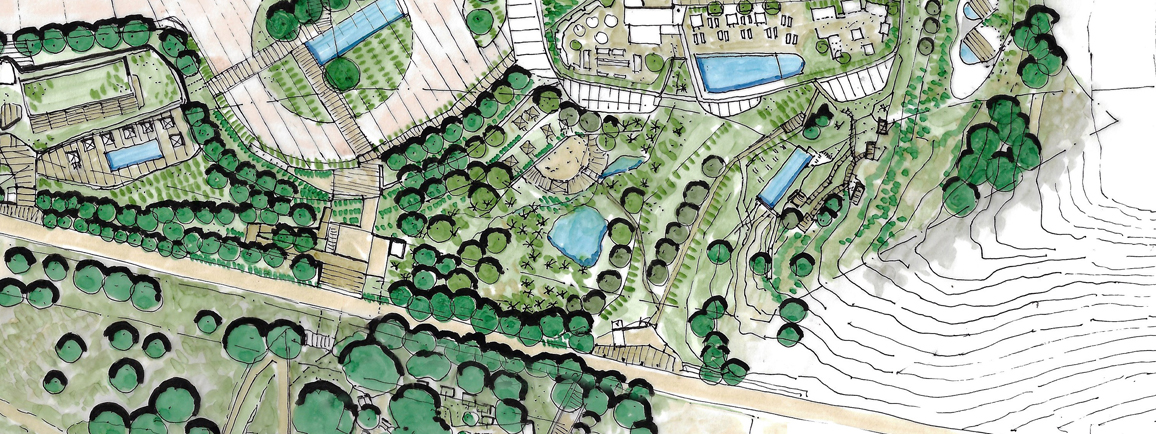 Currently the ESG (Environmental, Social, and Governance) approach has emerged as a comprehensive framework to guide sustainable development across various industries, and tourism is no exception. Why should we address tourism and hotel projects from this perspective? The answer lies in the ability to plan based on current and future climate, social, and governance conditions, generating a positive impact on both the natural environment and the social-cultural and tourism environment.
Currently the ESG (Environmental, Social, and Governance) approach has emerged as a comprehensive framework to guide sustainable development across various industries, and tourism is no exception. Why should we address tourism and hotel projects from this perspective? The answer lies in the ability to plan based on current and future climate, social, and governance conditions, generating a positive impact on both the natural environment and the social-cultural and tourism environment.
Opportunities for Improvement and Environmental Commitment
Tourist destinations, resorts, and hotels are significant consumers of resources, which creates a unique opportunity for investors and developers to lead an innovative and committed vision towards their surroundings. Planning through the ESG lens not only entails more responsible management but also positions these projects as agents of positive change in their environment and as benchmarks for positive transformation.
ESG Taxonomy and Its Importance in Tourism Development
The adoption of ESG criteria is presented as an essential factor to ensure long-term sustainability in the tourism sector. This approach not only enhances transparency and accountability but also responds to the growing expectations of investors and consumers regarding environmental and social issues. Let’s see how ESG taxonomy impacts different aspects of tourism Development
- Transparency and Disclosure (E, S): The taxonomy promotes transparency in disclosing practices related to energy efficiency and social conditions in tourism development.
- Environmental Impact Reduction (E): Planning under ESG criteria aims to reduce environmental impact, from project geographical location and waste management to energy efficiency, ensuring more sustainable practices.
- Long-Term Sustainability (G): The adoption of solid governance practices is essential to ensure that tourism projects are sustainable in the long term.
- Attraction of Responsible Investors (G): Transparent and responsible governance attracts investors committed to sustainable development.
- Sustainable Demand Growth (S): Growing environmental and social awareness among consumers drives demand for sustainable destinations and accommodations.
- Compliance with Regulations (ESG): The ESG taxonomy helps tourism projects adapt to current and future regulations regarding environmental, social, and governance issues.
Case studies of Sustainable Projects
(designed by the Alliance or its members)
- Oum Wellness, Mexico: A social project focused on wellness from a holistic approach, developed under the highest sustainability standards and designed under Net-zero building criteria.
- Resort Port Marseillan, France: A 5-* integrated resort located facing the Étang de Thau, a preserved territory of great natural beauty and environmental value, where the project integrates the Mediterranean character of southern France, respect for the local culture and its inhabitants, and a wide range of sustainability solutions.
- Holiday Hotel Tetuan, Morocco: An hotel development in an environment of great environmental value with a focus on sustainability-oriented prefabrication.

Transforming the Reality of Tourism Development
Sustainable, ecological, regenerative, or environmental projects represent different facets of the same reality: the need to approach projects with a fresh perspective that, without limiting development possibilities, favour their surroundings and improve conditions after their realization. Adopting the ESG taxonomy in tourism is the path towards a future where development and preservation intertwine to create more responsible and resilient tourist destinations.
Alliance Slow Life Architects & Pich Architects